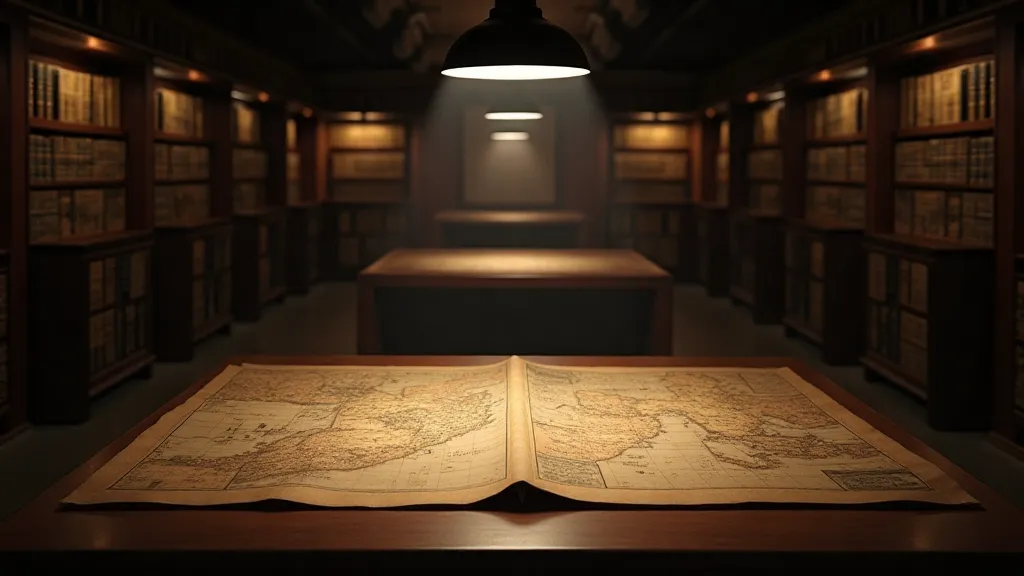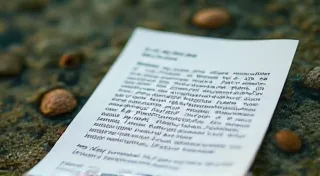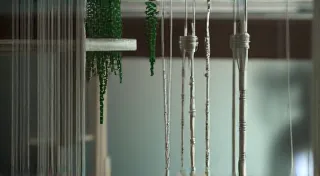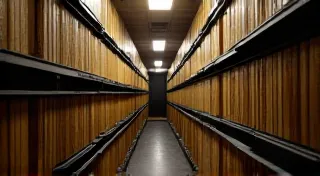The Fold's Legacy: Preserving History Through Careful Map Folding Techniques
There's a quiet poetry in the way an antique map unfolds. It's more than just revealing a geographical depiction; it's releasing a whisper from the past, a glimpse into the hands that drew it, the libraries it graced, the journeys it charted. And that unfolding is intrinsically linked to the delicate art of folding – a skill that, when neglected, can lead to irreversible damage, but when practiced with care, becomes an act of preservation, a continuation of a legacy.
I remember my grandfather, a retired cartographer, meticulously folding a 17th-century Dutch sea chart. He wasn’t simply creasing the paper; he was performing a ritual. The quiet concentration on his face, the deliberate precision of his movements – it spoke of a deep respect for the artifact in his hands. He’s the one who taught me that folding wasn't just a matter of convenience; it was a form of protection, a way to safeguard the intricate details and fragile paper from the ravages of time.
The Historical Significance of Map Folding
Before the advent of modern storage solutions, maps were often folded and stored in a manner dictated by practicality and available materials. Think about it – a large, cumbersome chart wouldn't have been easily transported or displayed. Folding allowed them to be contained within leather cases, rolled within cylinders, or tucked into atlases. The folds themselves often reflected the map's intended use. Navigational charts, for example, might have been folded to display specific regions relevant for sailing routes. Atlases, compiled from various sources, demanded a standardized folding format to ensure consistency and ease of use.
The folds are historical evidence, too. They can reveal how the map was originally intended to be used, and even hint at its journey through time. A well-preserved fold line might indicate careful handling by a previous owner. Conversely, a crushed or torn fold could suggest a history of neglect or rough treatment.
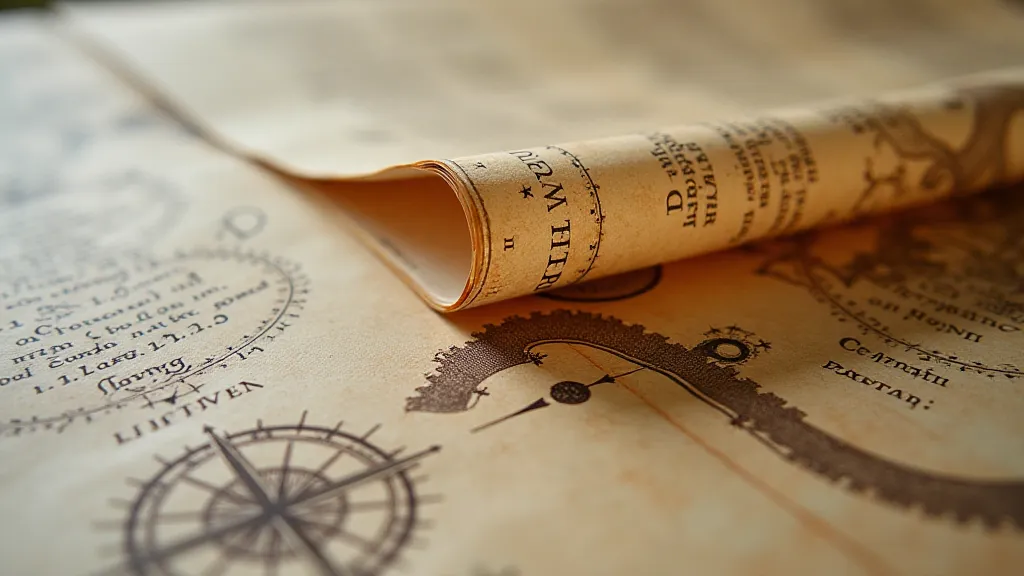
Understanding the Vulnerabilities
The very act of folding, however, presents inherent risks. Repeated creasing weakens the paper fibers, leading to cracking and tearing. Improper folding can create stress points, increasing the likelihood of damage. The materials used for storage—leather, cloth, even acidic paper—can also contribute to deterioration. Leather cases, while beautiful, often release tarnish and corrosive chemicals. Acidic storage materials cause the paper itself to become brittle and yellow.
One of the most common problems I encounter in my restoration work is ‘mouse-eating’ – often exacerbated by poor folding and storage. The folds create a perfect environment for pests to burrow and feast, leaving behind a trail of destruction.
The Art of Safe Folding – A Practical Guide
So, how do you fold an antique map safely? It's a process that demands patience, a light touch, and an understanding of paper behavior. Here’s a breakdown of essential techniques:
- Observe the Existing Folds: If the map already has established folds, try to replicate them. Following the original pattern minimizes stress on the paper.
- Use a Bone Folder: Never use your fingers to crease the paper. The oils from your skin can damage the paper. A bone folder – a smooth, flat tool traditionally made from animal bone – provides even pressure and creates a clean, crisp fold.
- Fold in Sections: Large maps should be folded in smaller, manageable sections. Avoid trying to fold the entire map in one go.
- Guard Folds: This involves placing a sheet of acid-free tissue paper between each fold to prevent the paper layers from sticking together and to further reduce stress.
- Avoid Sharp Creases: A gentle crease is preferable to a sharp, aggressive one. Think of it as guiding the paper, not forcing it.
- Test on a Scrap: If you’re unsure about a particular fold, practice on a piece of similar paper first.
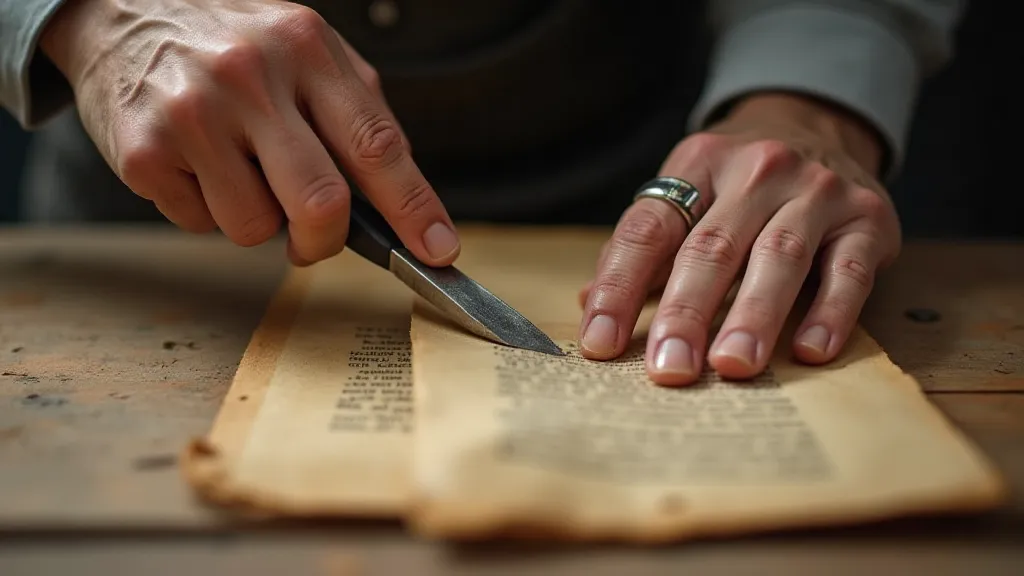
Archival Storage: The Final Layer of Protection
Proper folding is only half the battle. Archival storage is equally crucial. Here's what to consider:
- Acid-Free Folders & Envelopes: These prevent the paper from absorbing harmful acids from surrounding materials.
- Flat Storage: Avoid stacking maps on top of each other, as this can cause pressure damage.
- Controlled Environment: Store maps in a cool, dry place, away from direct sunlight and fluctuations in temperature and humidity.
- Boxing and Padding: Use archival-quality boxes and padding to provide additional protection from physical damage.
A Legacy Preserved
The art of folding an antique map isn’t merely a technical skill; it’s a form of stewardship. It’s a way of honoring the cartographers, the explorers, and the libraries that brought these remarkable artifacts into existence. When we approach these maps with respect and care, we're not just preserving pieces of paper; we're preserving a tangible link to the past. It’s a practice that connects us to those who came before, and a commitment to ensuring that these legacies continue to unfold for generations to come.
I often tell my students that handling antique maps is like holding history in your hands – fragile, precious, and deserving of our utmost care. The simple act of folding, done with knowledge and respect, becomes a powerful act of preservation, a continuation of the fold’s legacy.
